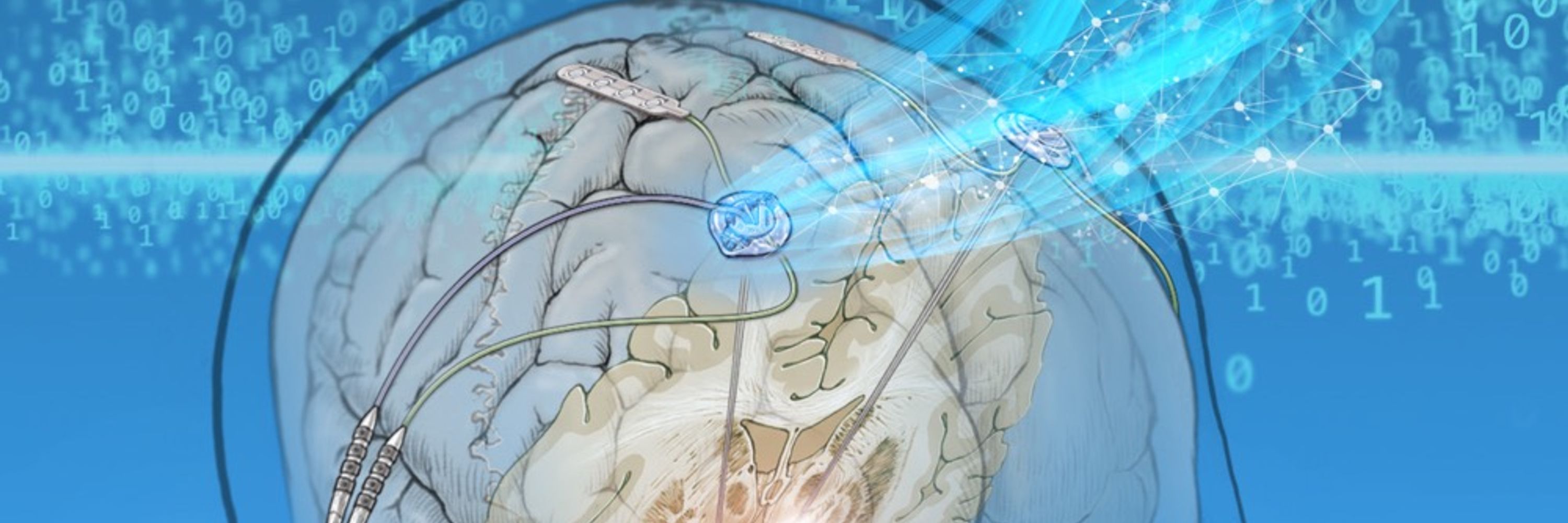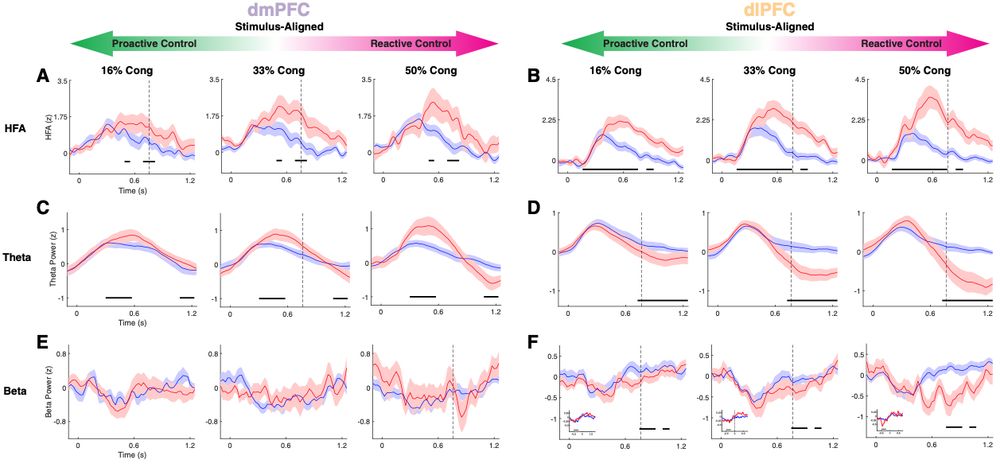Colin Hoy
@colinwhoy.bsky.social
540 followers
410 following
80 posts
Postdoc@UCSF on the job market; I study mood & motivation in Parkinson's disease via iEEG, DBS, and RL + #neuroethics | neuro PhD | he/him
Posts
Media
Videos
Starter Packs
Reposted by Colin Hoy
Reposted by Colin Hoy
Colin Hoy
@colinwhoy.bsky.social
· Sep 5
Colin Hoy
@colinwhoy.bsky.social
· Aug 20
Jin Ke
@jinke.bsky.social
· Aug 20

Ongoing thoughts at rest reflect functional brain organization and behavior
Resting-state functional connectivity (rsFC)-brain connectivity observed when people rest with no external tasks-predicts individual differences in behavior. Yet, rest is not idle; it involves streams...
www.biorxiv.org










